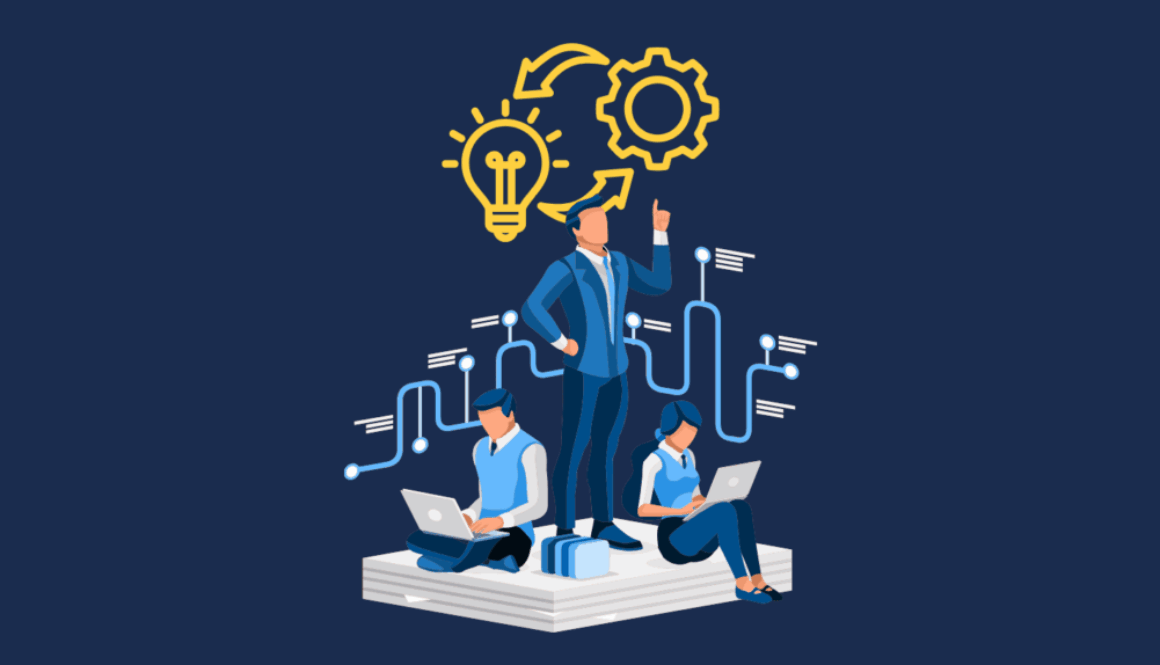The Future of Business is Agility: Navigating Workforce Transformation in the Age of AI
Strategic Questions Every Business Leader Must Ask About Tomorrow’s Talent
We stand at an unprecedented intersection of workforce transformation. An aging population approaches retirement just as artificial intelligence eliminates the very entry-level positions that once built tomorrow’s expertise. For business leaders in specialized industries like insurance, this convergence creates a survival paradox: you need more human expertise precisely when fewer humans are choosing our industry. The question isn’t whether these forces will impact your business. It’s whether you’ll be agile enough to turn this problem into a competitive advantage.
A perfect storm is reshaping the industry
Over the next 10 years, 50% of the current insurance workforce will retire, according to the US Chamber of Commerce. This means decades of specialized knowledge, such as understanding complex products, navigating regulatory nuances, and managing client relationships, are walking out the door with every retirement. Meanwhile, younger generations are actively avoiding roles in insurance and finance. In insurance, fewer than 4% of millennials express career interest, according to Pew Research, while Gen Z shows even less enthusiasm. They perceive insurance as outdated, bureaucratic, and technologically backward, choosing instead to join startups, tech companies, or launch their own ventures.
Simultaneously, artificial intelligence is eliminating the traditional entry points that once funneled young talent into specialized industries or positions. AI now handles data entry, basic underwriting tasks, simple customer inquiries, and routine processing…precisely the roles where newcomers once learned the business from the ground up.
This confluence of events creates a catastrophic skills gap: senior expertise disappears while the natural pipeline for developing new expertise vanishes. Traditional career ladders are collapsing just when industries need them most.
But here’s the crucial insight: this problem is also creating unprecedented opportunities for businesses agile enough to see beyond conventional thinking.
Agility as competitive advantage
In this environment, organizational agility becomes the ultimate differentiator. Agile businesses don’t just adapt to change; they anticipate it, prepare for it, and capitalize on it.
| Traditional business model: | Agile business model: |
|---|---|
|
|
The companies that master this transition will dominate their industries. Those that don’t will find themselves outmaneuvered by more nimble competitors.
The specialist dilemma
Industries requiring deep expertise face unique challenges. Understanding complex products, regulations, and risk assessment requires years of specialized knowledge. You can’t simply replace an experienced underwriter with a recent college graduate, regardless of their technical aptitude. This creates three critical tensions:
- Expertise vs. Availability: The most knowledgeable professionals are approaching retirement
- Cost vs. Capability: Specialized talent commands premium compensation
- Speed vs. Quality: Business demands rapid scaling without sacrificing expertise
AI can automate tasks like data analysis and initial assessments, but human judgment and complex decision-making remain vital. Strategic “rightsourcing” is key: deploying the right people for the right tasks, blending internal expertise with external specialists for agility and efficiency.
Five strategic questions for workforce planning
Every business leader should evaluate their organization through these critical lenses:
1. Which functions require human expertise vs. AI enhancement?
Map your operations into three categories:
- Human-Essential: Complex decision-making, relationship management, creative problem-solving
- AI-Enhanced: Data analysis, pattern recognition, routine processing with human oversight
- AI-Ready: Repetitive tasks, data entry, standard calculations
2. What happens when key personnel leave?
Conduct a “knowledge risk assessment”:
- Identify single points of failure in your organization
- Calculate the true cost of turnover (typically 150% of annual salary per departure)
- Develop succession plans for critical roles
3. Can you scale expertise without scaling headcount?
Consider alternative models:
- Rightsourcing specialists for project-based or ongoing specialized work. Getting the right expertise for the right tasks without permanent hiring
- Partner with firms offering specialized services
- Cross-train existing employees in adjacent skills
The rightsourcing approach exemplifies agile thinking: instead of asking “Should we hire someone?” ask “What’s the most effective way to access this capability when we need it?”
4. How quickly can you adapt to market changes?
Measure your organizational responsiveness:
- Time to hire for critical roles
- Ability to redeploy resources during demand fluctuations
- Capacity to handle unexpected workload surges
Building tomorrow’s agile organization
The most successful businesses will master three core capabilities:
Hybrid resource management
Seamlessly blend permanent employees, contract specialists, and AI tools based on current needs. This rightsourcing mentality, matching the right resources to the right challenges, requires new management approaches that can rapidly deploy different types of expertise.
Continuous learning systems
Create organizations that rapidly absorb new knowledge and adapt processes. This means investing in systems that work across both internal teams and external specialists.
Strategic partnerships
Develop relationships with specialized service providers and technology companies that extend your capabilities without expanding fixed costs. The most agile organizations view their network of external specialists as an extension of their core team.
The agility imperative
The businesses that thrive in the next decade won’t be those with the most employees or the largest budgets. They’ll be the ones who rapidly deploy the right combination of human expertise and technological capability to solve customer problems and capitalize on market opportunities.
A version of this article appeared in Aspire Magazine, November/December 2025 issue.




 Traditional hiring and outsourcing often limit agility. Hiring in-house means lengthy recruitment, slow ramp-up times, costly turnover, and ongoing overhead. Outsourcing can solve capacity issues, but it often removes control, flexibility, and alignment with your long-term strategy.
Traditional hiring and outsourcing often limit agility. Hiring in-house means lengthy recruitment, slow ramp-up times, costly turnover, and ongoing overhead. Outsourcing can solve capacity issues, but it often removes control, flexibility, and alignment with your long-term strategy.










